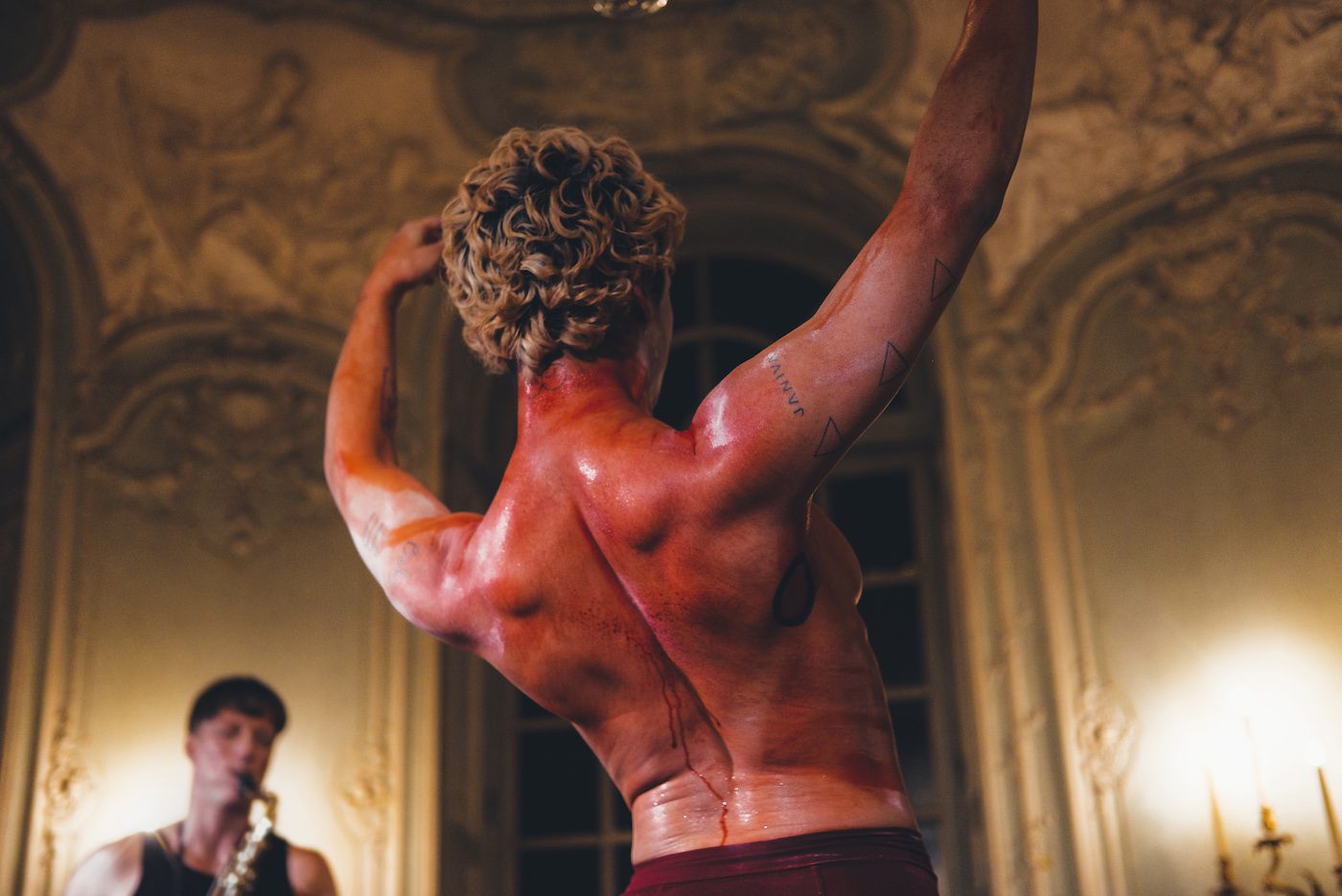Who does the museum appeal to, who does it welcome, and who does it exclude or make unwelcome? These are some of the questions Wu Tsang is engaging with in her year-long artist in residence at Martin Gropius Bau. Ahead of Tsang’s latest activation at the Berlin museum for which boychild was invited to perform, C&’s Deputy Editor Will Furtado speaks to the artist about what could be the museum of tomorrow.

boychild. Foto credit: Inès Manai
C&: When I read the description of the residency it sounded like a mammoth project. What were your first thoughts and how did you get to the programme In House: Artist in Residence?
WT: Stephanie Rosenthal, the new director of the Gropius Bau, had approached me about a year ago to talk about the possibility of creating a residency at the museum. I think she wanted the residency to take shape in dialog with an artist, and our conversations revolved around wanting to rethink the institution, to look back into the history of the Gropius Bau and the building itself, but also to look forward into the future. What does the world need now from museums, especially in Berlin. There is a lot of changes happening in the city, and in particular there has been a lot of cultural development in recent years.
C&: What kind of changes?
WT: I guess I am thinking about gentrification. Berlin has always been a cultural center but it seems lately to become more of a professional or institutional hub for the arts. It’s not necessarily a cheap place for artists to live anymore, and I’m generally interested in how economics and urban development impacts the social situation. So I wanted to think about Gropius Bau in relationship to the history of the city, but also how should it evolve.
I don’t necessarily think of myself as an artist that does institutional work, but perhaps Stephanie was interested in the ways I approach working with space, and also with questioning access. For example, who does the museum appeal to, who does it welcome, and who does it exclude or make unwelcome? Questions around space and architecture, body and social experiences play a big role in my work. Also because the Gropius Bau has never had a residency program, the institution seems somewhat destabilized by an artist “living” or being a daily presence in the museum. So I see part of my work as being a presence that the institution has to interact with.
For example, for the past month I have been working with my long-time collaborator boychild in the galleries across from the Ana Mendieta exhibition. I invited boychild to create a performance that is a response to the show. Her performance is called Untitled Lip Sync (for Ana Mendieta). Mendieta is an artist who we both really love, in particular her films. There are certain threads in Mendieta’s artistic work that have influenced both of us: in particular the way in which she relates to the landscape, the way she works with the body through silhouette. There is a kind of dark humor that we can relate to. So the idea of the performance was to open our studios and share our process with the audience. boychild is going to do a nine-hour durational performance, and I made a curtain backdrop.
C&: The activation with boychild is the second one in the context of the residency at Gropius Bau?
WT: Yes, I did a quieter one in March. It was actually a special moment because the museum was totally empty – and probably will never be that empty again for a long time – just before the official announcement of the new program under Stephanie’s direction. So I invited one of my collaborators, Eirini Vourloumis, who is an Athens-based photographer and photojournalist to show this photo project that I love called “In Waiting” which is a series of portraits of empty waiting spaces in Greece. It is mostly portraits of waiting rooms and lobbies of bureaucratic offices, which offer profoundly subtle reading of the culture and the economic situation in Greece. Since the museum was empty we actually just took over the whole building, installing the photos in quiet corners or in vast empty galleries. She basically had a three-floor solo show, which is amazing—particularly thinking about the the relationship between Germany and Greece: what does it mean to bring this kind of work into an institution that is also grappling with its own bureaucracy and emptiness, but in a totally different way that does not even compare. We also did a performative talk about the film we are making together.
C&: And what is the next?
WT: I actually don’t know for the moment, because I’m focused on trying to learn more and better understand the context of working here. I don’t want to rush ahead with another new thing, because I think the point of this residency is to develop a deeper relationship to the place, to slow down, and develop relationships. We’re doing an informal reading group now, sharing texts that influence us, learning from one another and discovering what needs to be learned.
Interview by Will Furtado.
More Editorial